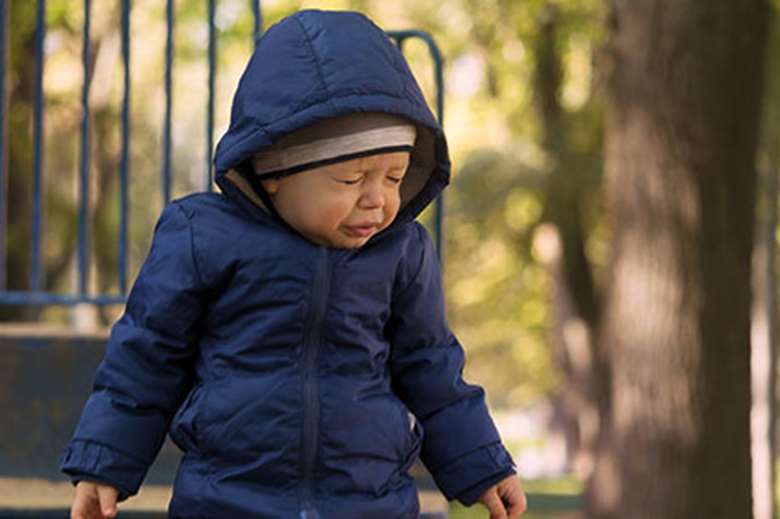Common cold or Covid-19? When to test children
Nicole Weinstein
Monday, September 14, 2020
Guidance on how to distinguish between the symptoms of a common cold and Covid-19 in children have been published by the Royal Collage of Paediatrics and Child Health.

COVID-19 - talking to children and families about returning to school: guiding principles, was first published on 15 May and updated on 9 September to include a new section on Common Cold and Covid-19 symptoms.
The document states, ‘We believe that children with simple cold symptoms such as coryzal symptoms (runny noses) or sore throats without fever who would normally have attended schools in other times should not be tested for Covid-19.
‘This is in agreement with current PHE guidance for deciding when to test. These symptoms are:
- new continuous cough
- fever/high temperature
- loss of, or change in, sense of smell or taste.
Following this guidance allows the identification of children most likely to be infected and help detect any emerging outbreak.’
The advice is based on the current evidence around indications for testing for children and was produced for paediatricians but is helpful to families, schools and nurseries.
As children return to schools after a prolonged break, colds and similar viral infections are likely to circulate. As a result, parents will want to know which symptoms will warrant testing for Covid-19 - and remain away from school whilst awaiting results - and those which on probability do not justify testing - and can therefore stay in school. This will ensure that children are not unnecessarily kept away from schools and exposed to inappropriate testing.
To help make the decision, the RCPCH has used the following information:
- Evidence from the UK and internationally tells us that Covid-19 is generally milder in children than in adults: most infected children present with mild symptoms or are asymptomatic, and very few rarely develop severe or life-threatening disease.
- Similarly, hospital admission rates for children with evidence of COVID-19 infection are far lower than those of adults, with only 2% of all admissions occurring in children and young people below the age of 18 and 1.1% below the age of 5.
- Fever and cough were the commonest symptoms for any child requiring hospital admission. Of 651 children admitted to hospital with COVID-19, 70% had fever and 39% had a cough. Less than 1 in 10 of these children were reported to have coryzal symptoms (runny noses) or sore throats.
- Most admissions occurred during the peak of the pandemic, when areas such as London had a Covid-19 prevalence of about 10 per cent. The current prevalence rate is no higher than 0.2 per cent in any region of the UK at present (8 September), so the risk of a child actually having Covid-19 presently is far lower.
- The evidence we have on transmission of Covid-19 in schools is also extremely reassuring. There is good data from the UK showing that children (especially primary school aged children and younger) are about half as likely to be infected with Covid-19 than adults. Children also appear to transmit Covid-19 less readily than adults; there have been very few reported Covid-19 outbreaks in nurseries or schools, either in countries like Denmark that reopened their schools early in the pandemic (15 April) and in Sweden and Iceland did not close their schools at all during the pandemic.
- Equally reassuring for teachers, in those countries that have kept schools open, such as Sweden, teachers do not have higher rates of Covid-19 than the general population (and they have lower rates than professions such as supermarket workers and taxi drivers).
It is important to note that some children with chronic respiratory illnesses such as cystic fibrosis may have more frequent coughs. The guidance states, ‘Local arrangements need to be in place to ensure they can also be routinely tested for COVID-19 when they develop a new persistent cough which fits PHE criteria at the same time as they have bacterial cough swabs.’
The RCPCH concluded, ‘In addition to testing, it is also important that parents keep children at home when they are unwell and children are actively encouraged to follow good hygiene measures.’
The guidance was produced by RCPCH health policy team with input from their clinical leads:




